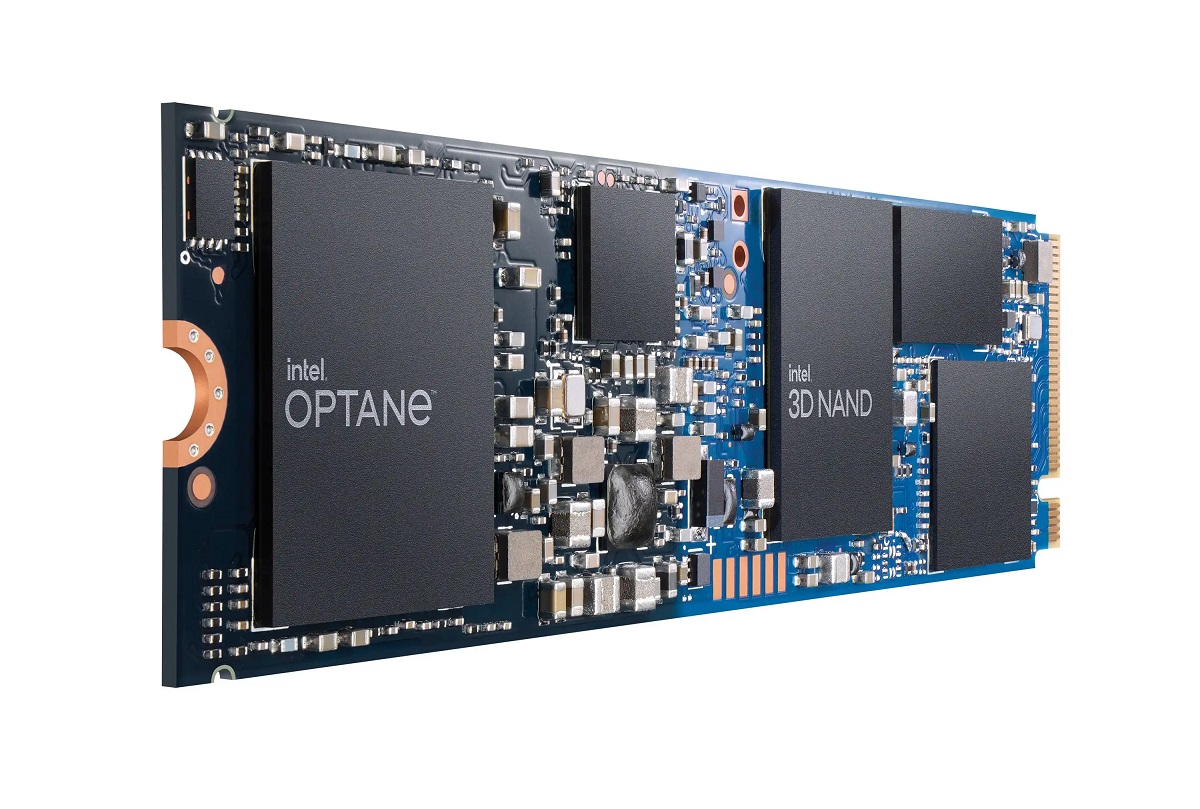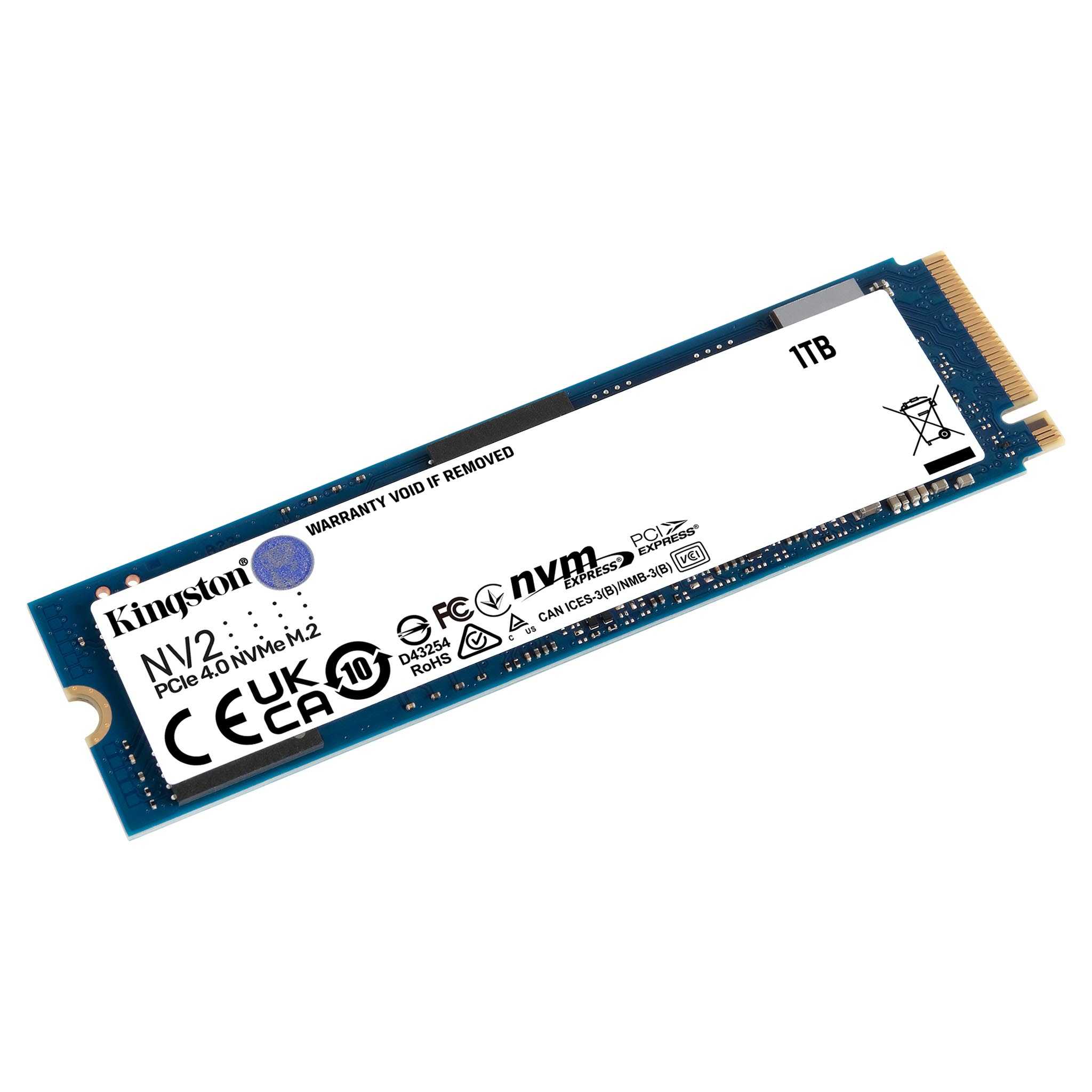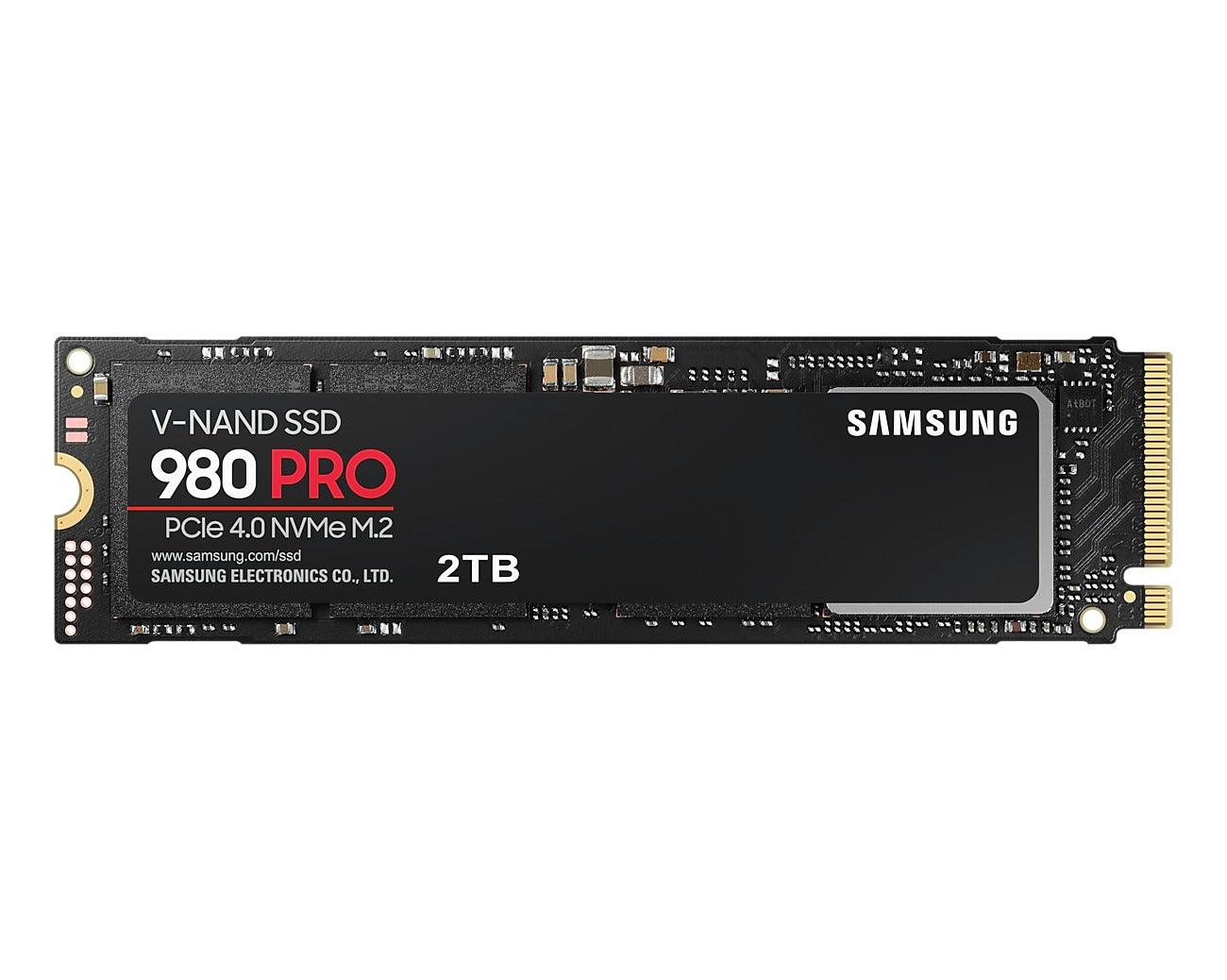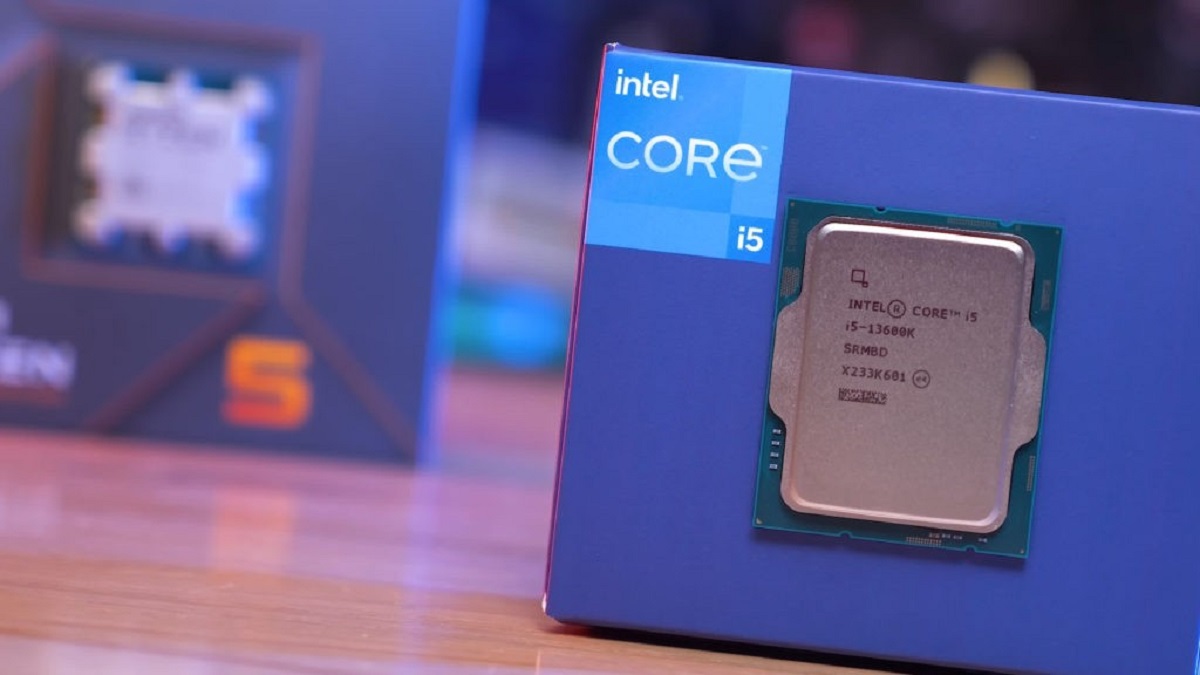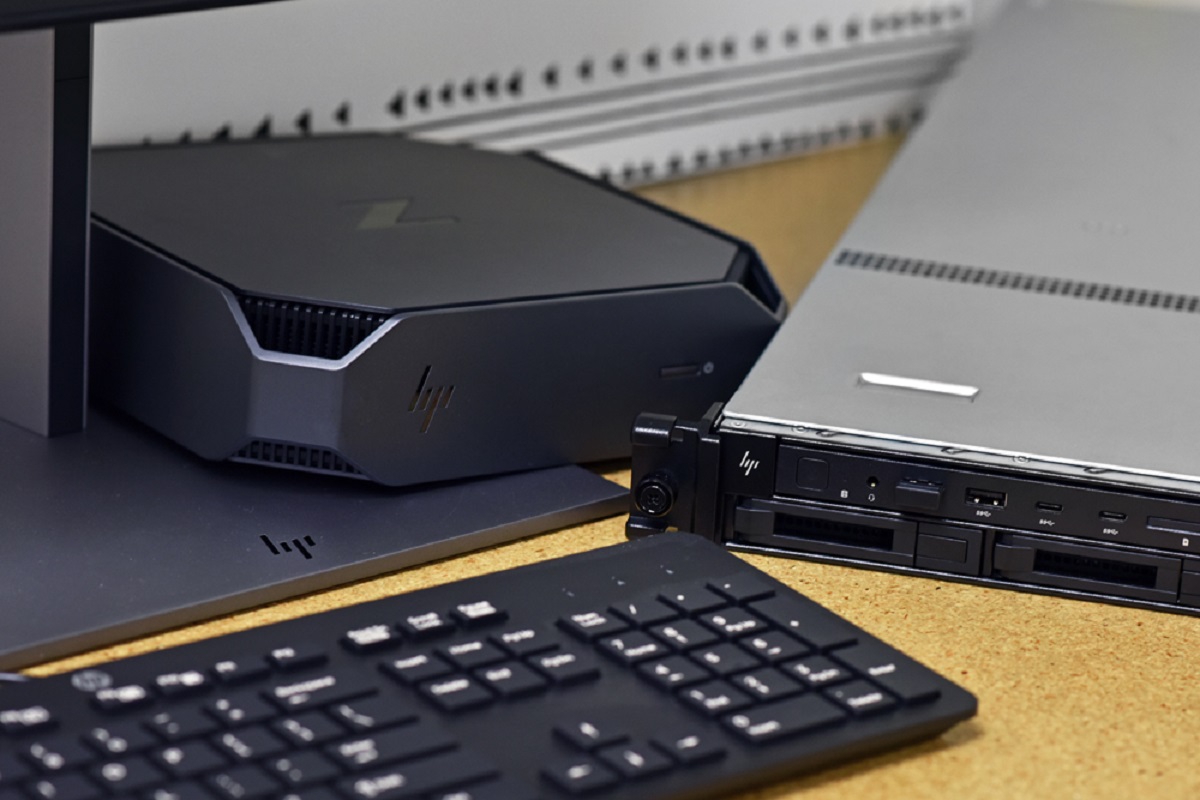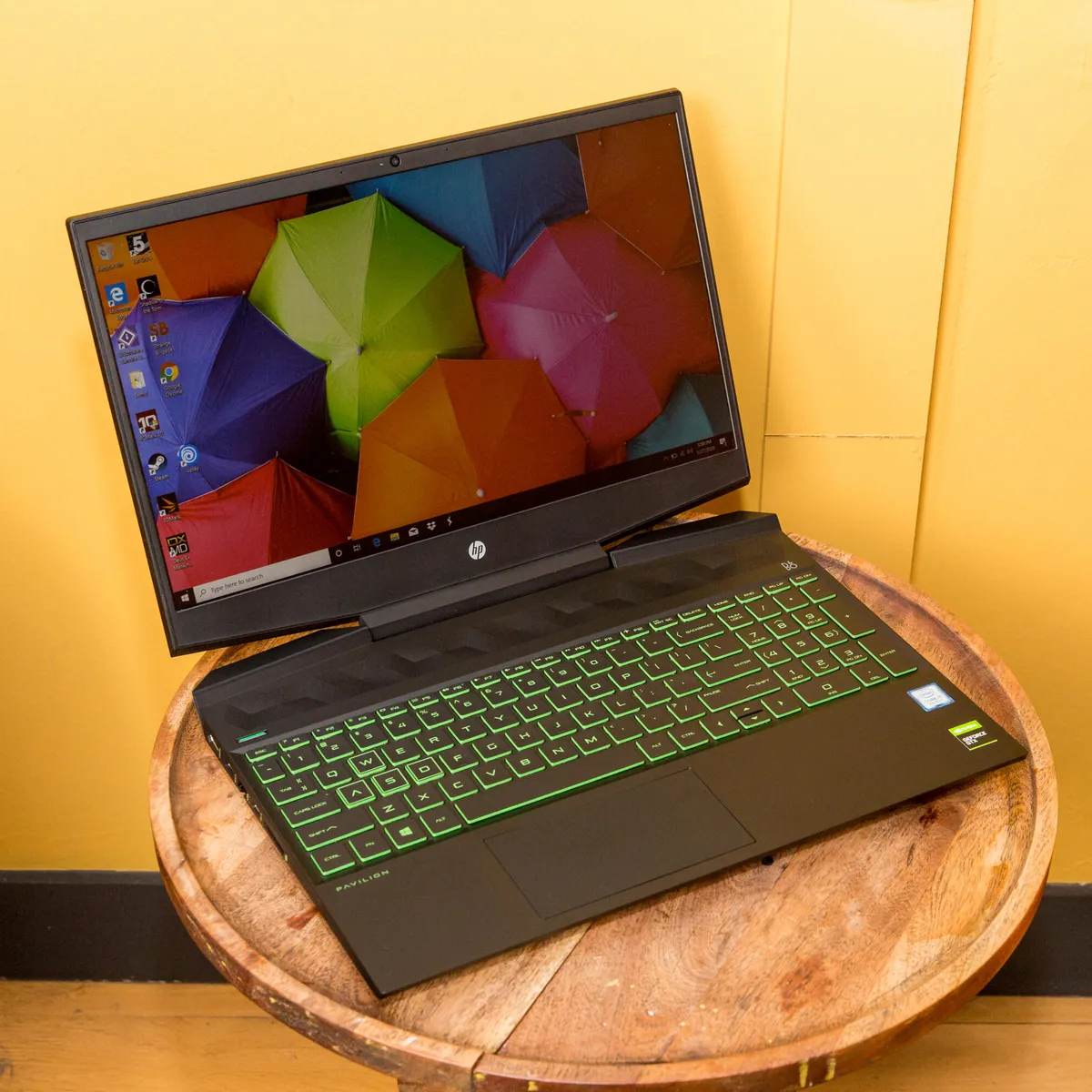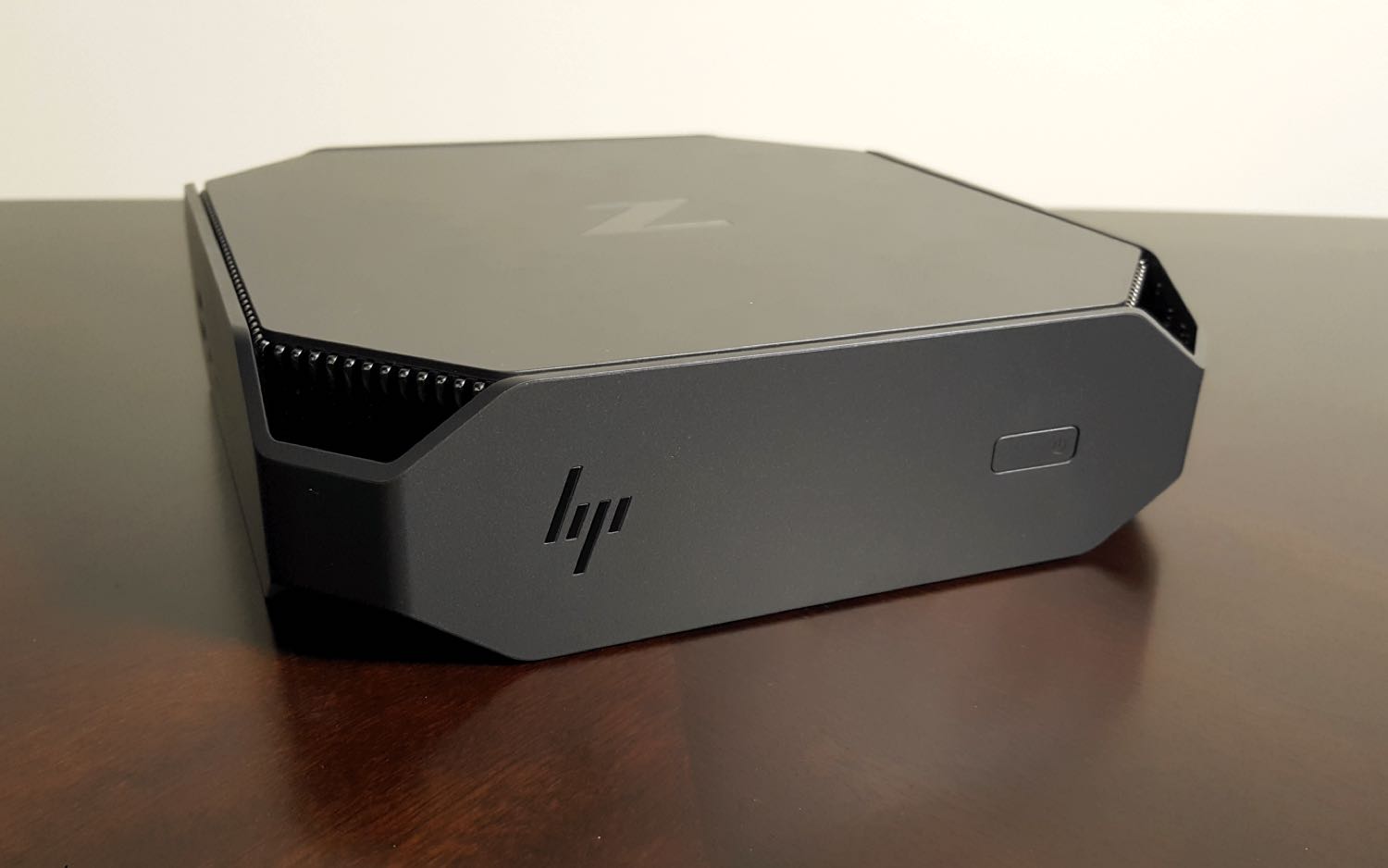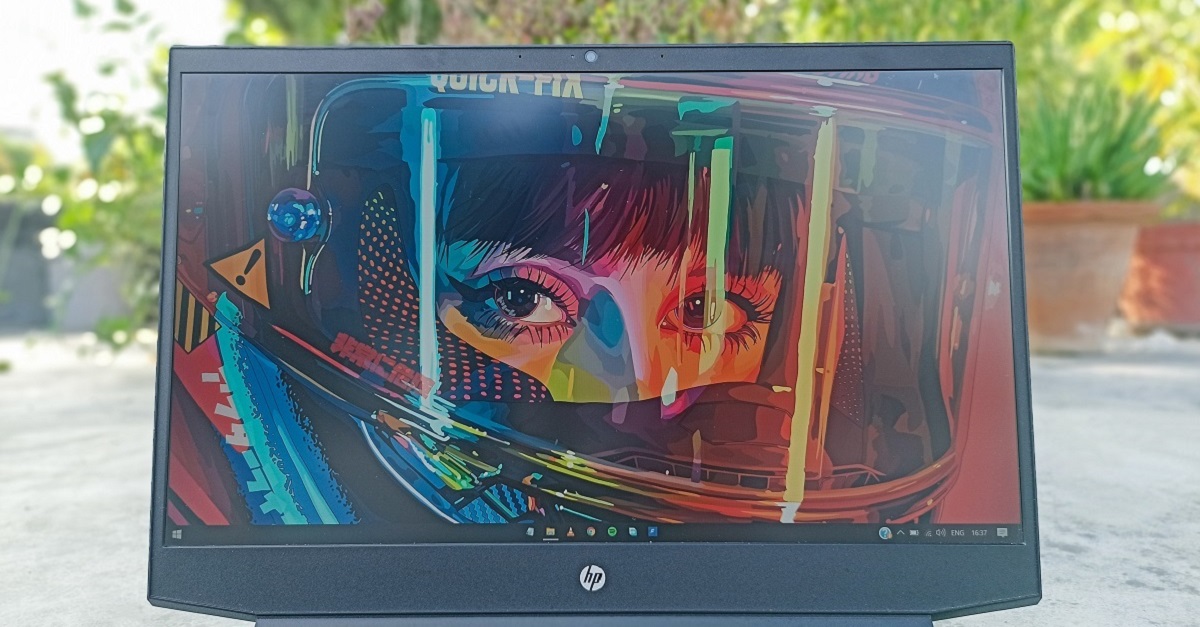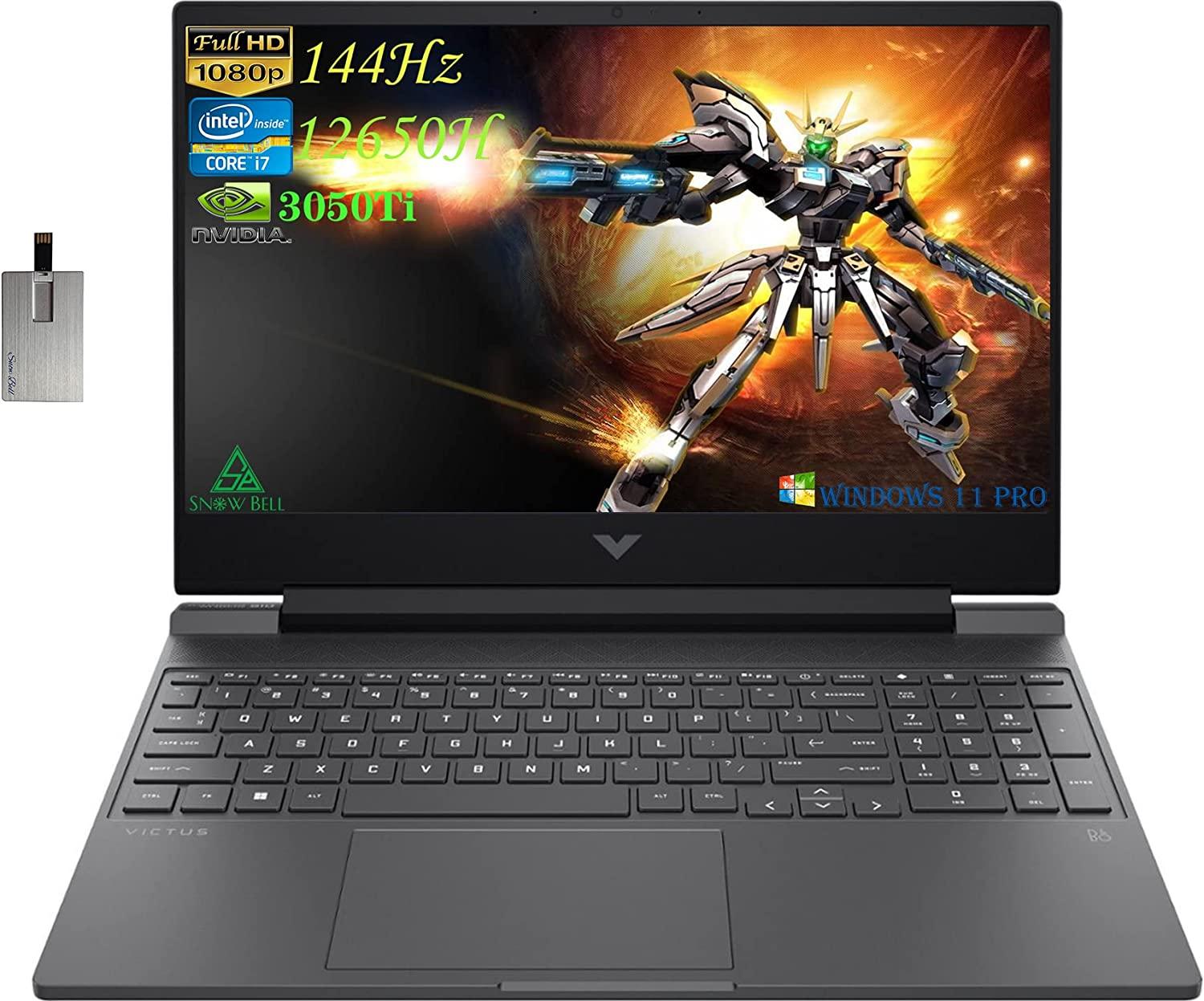Introduction
In the ever-evolving world of computer hardware, there are constant advancements and new technologies emerging to enhance storage capabilities. Two such technologies that have garnered significant attention are Optane Memory and Solid State Drives (SSDs). These storage solutions offer improved performance, increased capacity, and power efficiency compared to traditional hard disk drives (HDDs).
Optane Memory and SSDs represent a shift away from the mechanical spinning disks of HDDs, opting for solid-state storage that utilizes flash memory. This delivers faster data transfer speeds and improved responsiveness, resulting in quicker boot times, application launches, and file transfers.
While both Optane Memory and SSDs offer notable advantages over HDDs, they differ in terms of their underlying technology and performance characteristics. In this article, we will delve into the key differences between Optane Memory and SSDs, comparing their performance, capacity, power consumption, price, and compatibility.
What is Optane Memory?
Optane Memory is a revolutionary memory technology developed by Intel that combines the speed of traditional DRAM (Dynamic Random Access Memory) with the non-volatile nature of NAND flash memory. This technology aims to bridge the performance gap between traditional system memory and storage options like SSDs.
Unlike SSDs that are standalone storage devices, Optane Memory is designed to work in conjunction with a traditional hard drive or SSD to accelerate the overall system performance. It serves as a cache between the processor and storage, storing frequently accessed data for faster retrieval. By caching this data, Optane Memory significantly reduces latency and improves the system’s responsiveness.
Optane Memory utilizes 3D XPoint (pronounced “crosspoint”) technology, which offers remarkable data transfer rates and endurance. This breakthrough technology, developed jointly by Intel and Micron, provides faster read and write speeds compared to traditional NAND-based storage options. It also boasts impressive endurance, allowing for higher write and erase cycles without degrading performance over time.
It’s important to note that Optane Memory is not meant to replace traditional storage solutions like SSDs. Instead, it complements them by accelerating the system’s performance. Since it acts as a cache, the size of Optane Memory modules is relatively smaller compared to SSDs, typically ranging from 16GB to 32GB. This smaller size allows it to be more affordable compared to larger capacity SSDs.
Optane Memory is supported on systems with 7th generation Intel Core processors and later. To take advantage of this technology, the system needs to have an M.2 slot compatible with Optane Memory modules. Once installed, the system’s performance is significantly enhanced, leading to faster boot times, reduced application load times, and improved overall user experience.
What is an SSD (Solid State Drive)?
A Solid State Drive, commonly known as an SSD, is a storage device that uses flash memory to store data. Unlike traditional hard disk drives (HDDs) that rely on spinning disks and mechanical read/write heads, SSDs have no moving parts. This results in faster access times, higher data transfer rates, and improved reliability.
The primary component of an SSD is the NAND flash memory, which stores data in blocks. These blocks can be accessed directly, allowing for much faster data retrieval compared to the sequential access used by HDDs. This enables SSDs to deliver significantly faster boot times, quicker application launches, and reduced file transfer times, enhancing overall system performance.
SSDs come in various form factors, with the most common being the 2.5-inch SATA SSDs that can be easily installed in most laptops and desktops. Additionally, there are smaller M.2 SSDs that utilize the PCIe or NVMe interface for even faster data transfer speeds. These form factors contribute to the versatility and compatibility of SSDs, making them suitable for a wide range of devices.
One advantage of SSDs is their durability and resistance to physical shocks. Since SSDs have no moving parts, they are less susceptible to damage from drops or vibrations, making them ideal for portable devices like laptops and tablets. This added reliability can provide peace of mind to users, knowing that their data is better protected from accidental impacts.
SSDs offer significantly higher storage capacities compared to Optane Memory, ranging from 128GB to multiple terabytes. This capacity allows users to store a vast amount of data, including operating systems, applications, and media files. With larger capacity SSDs becoming more affordable, users can enjoy the benefits of improved performance and ample storage space for their digital content.
In summary, SSDs are a popular storage solution that provides fast and reliable performance, durability, and larger storage capacities compared to traditional HDDs. Their ability to drastically improve system responsiveness has made them a preferred choice for both casual users and professionals requiring high-speed data access and transfer.
Optane Memory Vs SSD: Performance
When it comes to performance, both Optane Memory and SSDs offer significant improvements over traditional hard disk drives (HDDs). However, there are some key differences to consider.
Optane Memory excels in delivering low latency and fast random read/write speeds. Its 3D XPoint technology allows for near-instantaneous access to frequently accessed data, resulting in snappier application launches, reduced file loading times, and overall improved system responsiveness. With its cache-like functionality, Optane Memory can intelligently store and retrieve data, enhancing the performance of your existing storage solution.
On the other hand, SSDs also provide remarkable performance benefits compared to HDDs. They offer faster sequential read/write speeds, enabling quicker file transfer rates and shorter loading times for larger applications. With the absence of moving parts, SSDs eliminate the mechanical delays associated with HDDs, leading to faster boot times and smoother multitasking experiences.
When comparing Optane Memory and SSDs, it is essential to note that while Optane Memory enhances the performance of traditional storage options, SSDs themselves are standalone storage devices. Therefore, an SSD will typically offer better overall performance compared to Optane Memory.
SSDs outperform Optane Memory in terms of sustained sequential read/write speeds, making them ideal for tasks that involve handling large files, such as video editing or gaming with high-resolution textures. Additionally, SSDs often have higher storage capacity options available, allowing you to store more data and applications without compromising performance.
In summary, both Optane Memory and SSDs provide remarkable performance improvements compared to traditional HDDs. Optane Memory excels at enhancing the performance of existing storage solutions, offering low latency and fast random access speeds. On the other hand, SSDs deliver superior overall performance, especially in sustained sequential read/write speeds, making them the preferred choice for tasks that involve large file transfers and storage-intensive applications. The choice between Optane Memory and SSDs ultimately depends on the specific needs and use cases of the user.
Optane Memory Vs SSD: Capacity
Capacity is an important consideration when it comes to choosing between Optane Memory and SSDs. While both options offer significant improvements over traditional hard disk drives (HDDs), there are differences in terms of storage capacity.
Optane Memory modules are designed to work alongside existing storage solutions like HDDs or SSDs, acting as a cache to accelerate performance. As a result, the capacity of Optane Memory modules is relatively small, typically ranging from 16GB to 32GB. This limited capacity is sufficient for caching frequently accessed data, but it may not be suitable for storing large amounts of data or applications.
On the other hand, SSDs are available in much larger storage capacities, ranging from 128GB to multiple terabytes. This allows users to store a vast amount of data, including operating systems, applications, and media files, without the need for additional storage devices. The availability of higher capacity SSDs has increased over time, making them a practical choice for both personal and professional use.
It is essential to consider your storage needs and the size of your data when deciding between Optane Memory and SSDs. If you require ample storage space to store large files, such as high-resolution videos or extensive software libraries, SSDs would be a more suitable option. Conversely, if you primarily need to enhance the performance of your existing storage solution without requiring significant storage capacity, Optane Memory can be a cost-effective choice.
Another factor to consider is the cost per gigabyte. Optane Memory modules are generally more affordable compared to larger capacity SSDs. If budget is a concern and you prioritize improved performance over storage capacity, Optane Memory provides a viable solution. However, if you require both ample storage and enhanced performance, investing in an SSD with a higher capacity would be a better choice, albeit at a higher cost.
In summary, Optane Memory modules offer relatively small storage capacities, suitable for caching frequently accessed data and enhancing performance. On the other hand, SSDs provide larger storage capacities and are ideal for storing a significant amount of data and applications. Consider your storage needs, budget, and performance requirements when choosing between Optane Memory and SSDs.
Optane Memory Vs SSD: Power Consumption
Power consumption is an important consideration when choosing storage solutions, especially for devices that prioritize energy efficiency or rely on battery power. Both Optane Memory and SSDs offer advantages over traditional hard disk drives (HDDs) in terms of power consumption, but there are differences to be aware of.
Optane Memory modules are designed to be power-efficient, consuming significantly less power compared to HDDs. This is because Optane Memory acts as a cache between the processor and storage, meaning it only actively works when required to access or store data. When the system is idle or in low-demand scenarios, Optane Memory enters low-power states, conserving energy. This makes Optane Memory an excellent choice for devices that prioritize low power consumption, such as laptops or tablets.
SSDs also offer power efficiency benefits compared to HDDs. Since SSDs do not rely on spinning disks or mechanical components, they consume less power during operation. Additionally, SSDs have faster data access and transfer speeds, allowing them to complete tasks more quickly and return to low-power states, further reducing energy consumption. Overall, SSDs are more power-efficient than HDDs, making them an excellent choice for energy-conscious users.
When comparing Optane Memory and SSDs, it’s important to note that Optane Memory utilizes a fraction of the power that an SSD of comparable capacity would consume. This is because Optane Memory modules have a smaller capacity and serve as a cache, requiring less power to operate. Therefore, if power consumption is a critical factor for your device or usage scenario, Optane Memory may have a slight advantage over SSDs in terms of energy efficiency.
However, it’s worth mentioning that the power savings between Optane Memory and SSDs are relatively small, and the overall power consumption of both storage solutions is significantly lower than that of HDDs. Therefore, the power difference between Optane Memory and SSDs may not be a defining factor for most users. Other factors such as performance, capacity, and compatibility may have a more significant impact on the choice between Optane Memory and SSDs.
In summary, both Optane Memory and SSDs offer significant power efficiency advantages over traditional HDDs. Optane Memory modules consume less power compared to SSDs, primarily due to their smaller capacity and cache functionality. However, the power difference between Optane Memory and SSDs may not be a significant factor for most users, and both options provide substantial power savings compared to HDDs. Consider your specific power requirements and usage scenario when choosing between Optane Memory and SSDs.
Optane Memory Vs SSD: Price
Price is a crucial consideration when comparing storage solutions like Optane Memory and SSDs. Both options offer significant performance improvements over traditional hard disk drives (HDDs), but there are differences in terms of pricing.
Optane Memory modules, being smaller in capacity and designed as cache solutions, are generally more affordable compared to larger capacity SSDs. The cost per gigabyte of Optane Memory is relatively lower, making it an attractive option for users who prioritize improved performance but have budget constraints. Optane Memory provides a cost-effective way to enhance the performance of existing storage solutions without breaking the bank.
On the other hand, SSDs typically have higher price points compared to Optane Memory. The cost of SSDs varies depending on factors such as storage capacity, brand, and technology used. Generally, larger capacity SSDs will have higher prices, with the increase in cost justified by the increased storage space and improved performance. However, the prices of SSDs have been gradually decreasing over time, making them more accessible to a wider range of users.
It’s important to consider your storage needs and budget when choosing between Optane Memory and SSDs. If you require a substantial amount of storage capacity and can afford the higher price, SSDs are a reliable choice. They offer larger storage capacities and excellent performance benefits, making them suitable for power users and professionals who work with large files or resource-intensive applications.
If budget is a consideration and you primarily want to enhance performance without requiring extensive storage capacity, Optane Memory provides a cost-effective option. It allows you to leverage cache functionality to boost the performance of your existing storage solution at a more affordable price point.
In summary, Optane Memory modules are generally more affordable compared to SSDs, making them a cost-effective solution for enhancing performance with smaller storage capacities. SSDs, while pricier, offer larger storage capacity options and superior performance, making them ideal for users who require ample storage space and faster data access. Consider your budget, storage needs, and performance requirements when making a decision between Optane Memory and SSDs.
Optane Memory Vs SSD: Compatibility
Compatibility is a crucial aspect to consider when choosing between storage solutions like Optane Memory and SSDs. Ensuring that the chosen storage solution is compatible with your system and other hardware components is essential for seamless integration and optimal performance.
Optane Memory is compatible with systems that have 7th generation Intel Core processors or newer. It requires an M.2 slot that supports Optane Memory modules. It’s important to check the compatibility of your motherboard or laptop before considering Optane Memory as an option. If your system meets the compatibility requirements, installation is relatively straightforward, and the benefits of Optane Memory can be realized.
SSDs, on the other hand, have a broader compatibility range. They are available in various form factors, including 2.5-inch SATA SSDs and smaller M.2 SSDs that utilize PCIe or NVMe interfaces. These different form factors ensure compatibility with a wide range of systems, including laptops, desktops, and even some portable devices.
When considering compatibility, it’s important to note that Optane Memory requires a compatible system and an existing storage solution like an HDD or SSD. On the other hand, SSDs can be used as standalone storage devices, replacing the need for traditional HDDs entirely. This flexibility allows users to choose SSDs based on their specific storage needs and compatibility requirements.
It’s also worth mentioning that operating system compatibility should be considered when choosing between Optane Memory and SSDs. Both options are compatible with popular operating systems like Windows, macOS, and Linux. However, it’s a good practice to check the manufacturer’s specifications and system requirements to ensure compatibility with your desired operating system.
Overall, compatibility is an important factor to consider when selecting a storage solution. Optane Memory requires a compatible system and an existing storage solution, making it essential to check compatibility requirements before making a decision. SSDs offer a more versatile compatibility range, with different form factors and broader system compatibility. Consider the compatibility of your system, form factor requirements, and operating system compatibility when choosing between Optane Memory and SSDs.
Conclusion
Optane Memory and SSDs are both significant advancements in storage technology that offer improved performance, increased capacity, and power efficiency compared to traditional HDDs. Understanding their differences and considering your specific needs will help you make an informed decision when choosing between Optane Memory and SSDs.
Optane Memory, with its cache functionality and low latency, is an excellent option for enhancing the performance of existing storage solutions. It delivers snappy application launches, reduced file loading times, and improved overall system responsiveness. Optane Memory modules are more affordable compared to larger capacity SSDs, making them a cost-effective choice for users on a budget.
SSDs, on the other hand, provide superior overall performance and larger storage capacities. They are standalone storage devices that can replace traditional HDDs entirely, delivering faster data access, quicker file transfers, and reduced boot times. SSDs are more suitable for power users and professionals who require ample storage space and enhanced performance for resource-intensive tasks.
Consider compatibility when choosing a storage solution. Optane Memory requires a compatible system and an existing storage solution, while SSDs offer broader compatibility, supporting different form factors and a wider range of systems.
It’s important to evaluate your specific requirements in terms of performance, capacity, power consumption, budget, and compatibility before making a decision. Assessing these factors will help you determine whether Optane Memory or an SSD is the right choice for your needs. Ultimately, both options provide significant advantages over traditional HDDs and will dramatically improve your computing experience.
Whether you choose Optane Memory for its cost-effective performance enhancement or an SSD for its superior overall performance and larger storage capacity, upgrading from a traditional HDD to either of these storage options will bring a noticeable improvement in speed, responsiveness, and overall efficiency.







